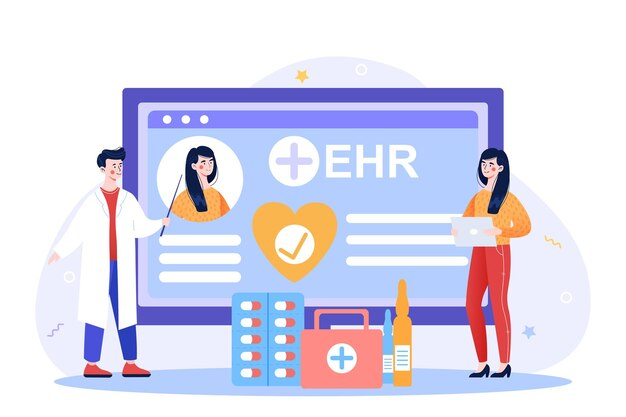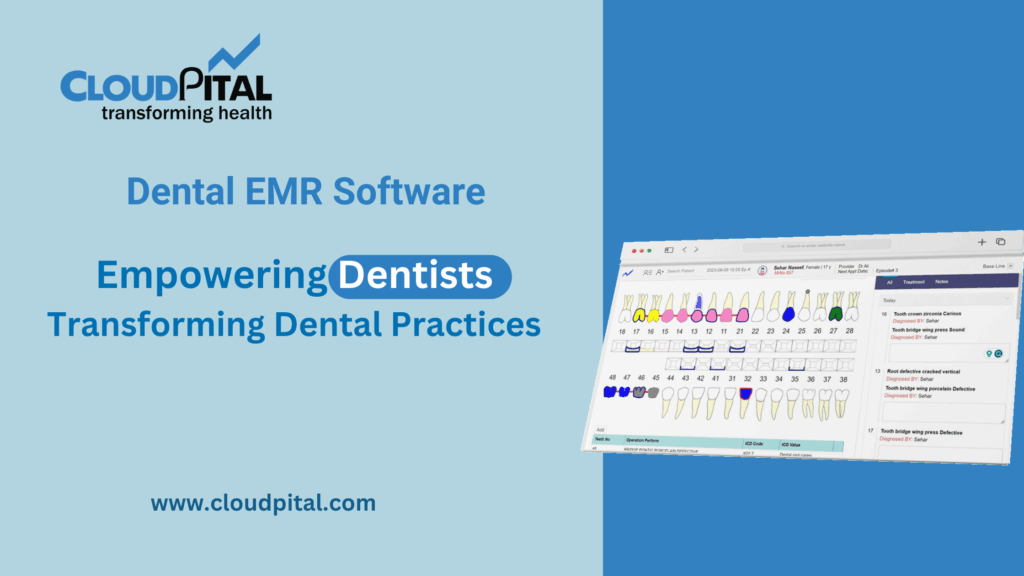Cloudpital # 1 is one of the top EHR System have become a foundation in the modern healthcare setting, significantly enhancing efficiency in different aspects of medical practice. Digitizing patient records and streamlining workflows contribute to improved patient care, reduced operational costs, and optimized resource utilization. This article delves into the multifaceted impact of EHR systems on healthcare efficiency, highlighting key areas where these digital tools make a substantial difference.
Click to Start Whatsapp Chatbot with Sales
Mobile: +966547315697
Email: sales@bilytica.com
Cloudpital # 1 EHR System

Streamlined Clinical Documentation
EHR System facilitate the efficient documentation of patient information, allowing healthcare providers to record and retrieve data swiftly. Features such as templates, drop-down menus, and voice recognition expedite the entry of clinical notes, reducing the time clinicians spend on paperwork. This efficiency enables providers to allocate more time to direct patient care, thereby enhancing the overall quality of service.
Enhanced Access to Patient Information
With EHRs, authorized healthcare professionals can access comprehensive patient records in real-time, regardless of their location. This immediate availability of information ensures that clinicians have the necessary data to make informed decisions promptly, which is crucial in emergency situations. The centralized nature of EHRs eliminates the need to search for physical records, thereby reducing delays in patient care.
Better Care Coordination
EHR systems promote seamless communication among healthcare team members by providing a unified platform for patient information. This integration ensures that all providers involved in a patient’s care have access to the same up-to-date records, facilitating coordinated treatment plans and reducing the likelihood of redundant tests or conflicting therapies. Such synchronization is vital for maintaining continuity of care, especially in complex cases involving multiple specialists.
Decreased Medical Mistakes
EHR System have been linked to the reduction of medical mistakes. With functionalities like electronic prescribing (eRx), there is a reduction in handwriting misinterpretation mistakes, and other functionality adds alerts to prevent possible drug interactions or allergies. It further enhances evidence-based guidelines through decision support in EHRs to help clinicians make correct diagnoses and appropriate treatment decisions.

Improved Billing And Revenue Cycle
Telehealth streamline the billing process by automating coding and claim submissions, reducing the administrative burden on healthcare staff. This automation leads to faster reimbursement cycles and minimizes errors that could result in claim denials. Efficient revenue cycle management ensures the financial stability of healthcare practices, allowing them to focus more resources on patient care.
Enhanced Data Analytics and Reporting
EHRs offer robust data analytics capabilities, enabling healthcare organizations to analyze clinical and operational data effectively. By identifying trends and measuring performance metrics, providers can implement quality improvement initiatives and make data-driven decisions. For instance, analyzing patient outcomes can lead to the development of more effective treatment protocols, thereby improving care efficiency.
Patient Empowerment and Engagement
Many EHR systems include patient portals that allow individuals to access their health records, schedule appointments, and communicate with their healthcare providers. This transparency empowers patients to take an active role in their healthcare, leading to better adherence to treatment plans and improved health outcomes. Engaged patients are more likely to participate in preventive care, reducing the incidence of chronic diseases and the associated healthcare costs.
Resource Optimization
By digitizing records and automating various administrative tasks, EHRs reduce the need for physical storage space and minimize the consumption of paper and other materials. This reduction in resource utilization not only lowers operational costs but also contributes to environmental sustainability. Furthermore, the efficiency gained through EHR implementation allows healthcare facilities to manage higher patient volumes without compromising the quality of care.
Support for Telehealth Services
The integration of EHR systems with telehealth platforms has become increasingly important, especially in the context of the COVID-19 pandemic. EHRs facilitate virtual consultations by providing clinicians with access to patient records during remote visits, ensuring continuity of care. This capability enhances healthcare accessibility, particularly for patients in remote or underserved areas, and contributes to overall system efficiency.
Challenges and Considerations
While EHR systems offer numerous benefits, their implementation is not without challenges. Initial setup costs can be substantial, encompassing expenses related to software, hardware, and staff training. Additionally, some studies have indicated that certain PMS configurations may increase documentation time for physicians, potentially impacting workflow efficiency. For example, the use of bedside or point-of-care computer systems has been associated with a 17.5% increase in documentation time. Healthcare organizations should therefore plan and tailor EHR systems meticulously for the particular needs of their organizations and workflows.
Conclusion
The adoption of Electronic Health Record systems has a profound impact on healthcare efficiency. By streamlining clinical documentation, enhancing access to patient information, improving care coordination, and reducing medical errors, EHRs contribute to more effective and efficient healthcare delivery. While challenges exist, thoughtful implementation and continuous optimization of EHR systems can lead to significant improvements in both operational efficiency and patient outcomes.



